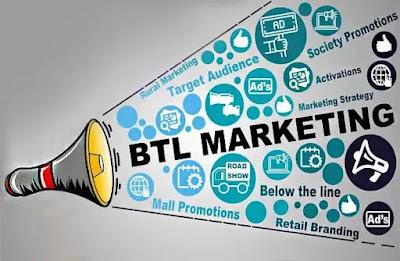Why is it Important to Have KYC collection for salesforce Processes?

Although "know your customer" can be applied to a wide range of business activities, from sales to marketing, it is primarily used in the financial and regulatory sectors to refer to compliance and due diligence terms. What does "know your customer" mean? In plain English, "KYC" refers to the process of confirming the identity of your clients before conducting business with them. It consists of various screenings from business to business for KYC collection for salesforce . Still, it most commonly includes ID confirmation, locating the ultimate beneficial owner (UBO), PEP and Sanctions screening, Anti-Money Laundering (AML) screenings, and others. Within regulated industries, the phrase "KYC" is also occasionally used to refer to AML procedures; both are steps in onboarding a new customer. Recognize your clientele. A KYC policy must be part of the onboarding process for regulated industries by law, and many other businesses are adopting this prac


